Rick Steves’ Europe: Tracking Napoleon's rise and fall in Paris
I can’t think of any two people more prominent in the minds of French citizens than the Virgin Mary and Emperor Napoleon. And they share an important date: August 15 – when it’s believed she ascended into Heaven, and when he was born. Of course, churches across France recall Notre Dame (our lady). But city halls recall Napoleon, and his huge impact on French civic life.
When I’m filming my TV shows and writing my guidebooks in France, I try to get the straight story on Napoleon. But it can be tricky. His own quote, “What is history but a myth agreed upon?” applies to his own life, where it's sometimes hard to separate myth from reality.
Just a humble kid from Corsica, Napoleon attended military school in Paris. He rose quickly through the ranks during the tumultuous years of the French Revolution, and by 1799 he was ruler of France. Five years later, France had conquered most of Europe, and Napoleon declared himself emperor of it all. His personal charisma on the battlefield was said to be worth 10,000 additional men.
Leading France’s grand million-man army, he blitzed Europe – until it all came to an end on farmland 15 miles south of Brussels. Two centuries and a catchy ABBA song later, “Waterloo” has become a cultural catchphrase, and Napoleon’s famous defeat carries much of his legacy.
After Waterloo, Napoleon was sent into exile on the island of St. Helena. Once the most powerful man in the world, he spent his final years as a lonely outcast suffering from ulcers, dressed in his nightcap and slippers, and playing chess, not war.
To get a better feel for Napoleon, head to Paris. South of the city, the Château de Fontainebleau has more Napoleon connections than any other palace in France, featuring his personal apartments and an adjacent museum. You’ll see the emperor's bed, the grand “power desk” where he worked, and the humiliatingly little table where he abdicated. There's also a tent-like room dedicated to Napoleon at war, with his small-but-iconic battle coat and hat, a field cot, and first-class camp gear. And the throne room is the only one in France with its original furniture.
Grand paintings portray the emperor and his first wife, Josephine, after their coronation. Napoleon aspired to create his own family dynasty, but Josephine was too old to have children. To turn his Corsican blood blue, he divorced Josephine and married a Habsburg. You'll see a portrait of his second wife, Empress Marie-Louise, who provided what he called “a royal womb.”
Looking at the final painting, which depicts Napoleon with symbols of the “Napoleonic Code” – the legal system he gave France – it's fascinating to consider his mix of ideals, charisma, and megalomania. This revolutionary hero came out of a movement that killed off the Old Regime…only to create a new Old Regime.
There's no better symbol of Napoleon's oversized ego than Paris' Arc de Triomphe. Patterned after the ceremonial arches of ancient Roman conquerors (but more than twice the size), it celebrates Napoleon as emperor of a “New Rome.” On the arch’s massive left pillar, a relief sculpture shows a toga-clad Napoleon posing confidently, while an awestruck Paris – crowned by her city walls kneels at his imperial feet. Napoleon died before the Arc’s completion, but it was finished in time for his 1840 funeral procession to pass underneath, carrying his remains (19 years dead) from exile to Paris.
Elsewhere in Paris, the complex of Les Invalides – a former veterans’ hospital built by Louis XIV – has various French military collections, collectively called the Army Museum. Here, in addition to galleries on World War I and II, you’ll see plenty of Napoleon memorabilia including a bed with mosquito netting, a director’s chair, his overcoat and pistols – and his beloved horse, Le Vizir, which weathered many a Napoleonic campaign, grew old with him in exile, and now stands stuffed and proud.
At the other end of the complex, Napoleon’s tomb rests beneath a dome which glitters with 26 pounds of thinly pounded gold leaf. Enter the church, gaze up at the dome, then lean over the railing and bow to the emperor lying inside the scrolled, red porphyry tomb. If you’ve ever considered being an absolute dictator of a united Europe, come here first. Hitler did, but still went out and made the same mistakes as Napoleon. (Hint: Don’t invade Russia.)
While you visit these places, it’s instructive to ponder these symbols of war, empire, and revolution. Why are today’s French so hell-bent on defending their civil liberties? Perhaps it has to do with their heritage of struggling so long and hard to overcome the stubborn abuse of power to earn their freedom. When you travel to Paris, it’s clear: Napoleon has left today’s visitors with some amazing and thought-provoking sights.
========
(Rick Steves (www.ricksteves.com) writes European guidebooks, hosts travel shows on public TV and radio, and organizes European tours. This column revisits some of Rick's favorite places over the past two decades. You can email Rick at rick@ricksteves.com and follow his blog on Facebook.)
©2025 Rick Steves. Distributed by Tribune Content Agency, LLC.
(c)2025 RICK STEVES DISTRIBUTED BY TRIBUNE MEDIA SERVICES, INC.
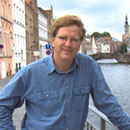
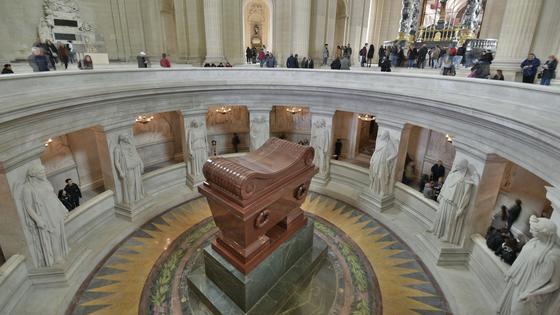








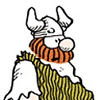

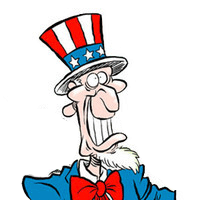
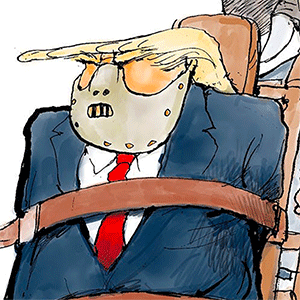
Comments